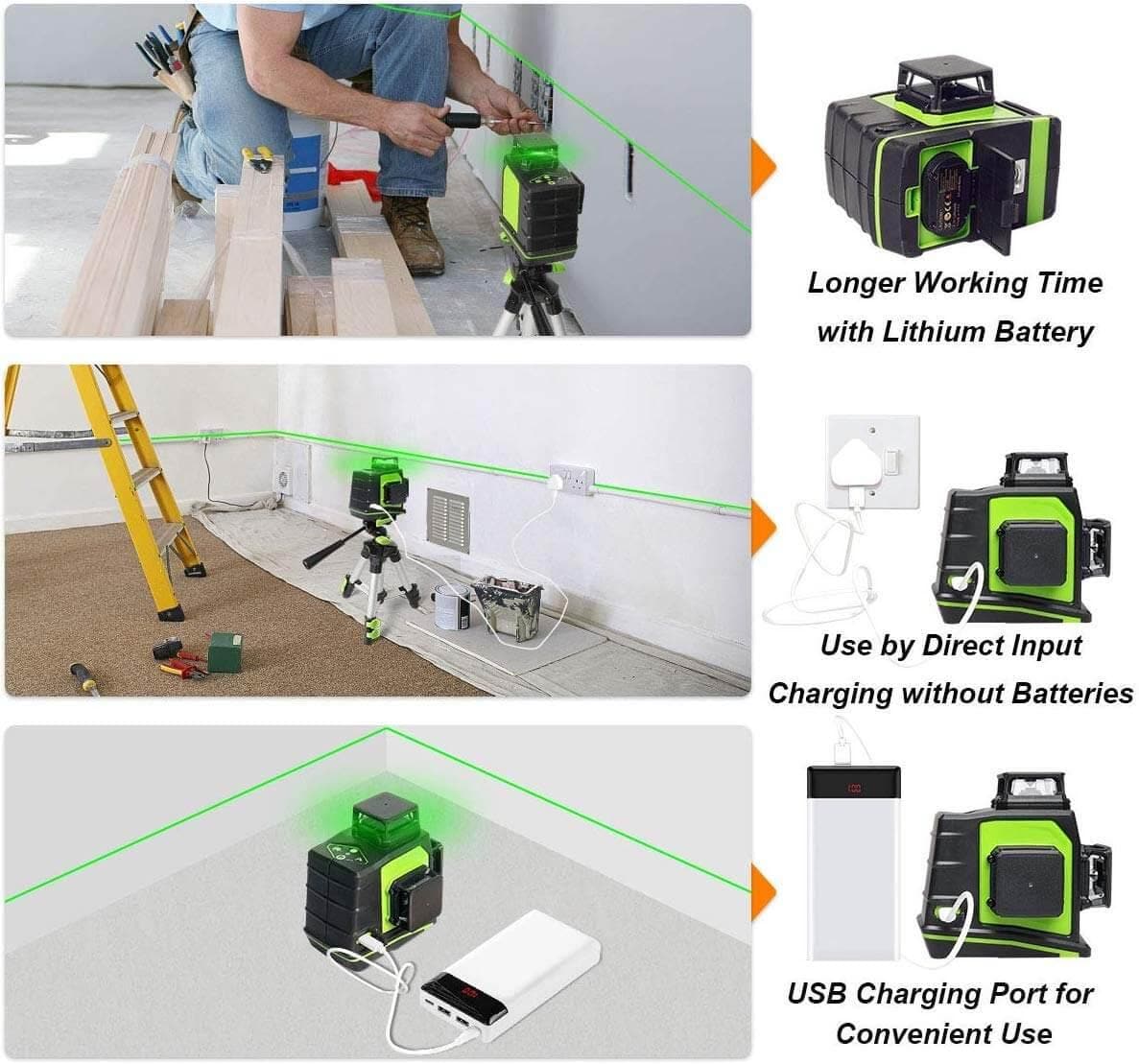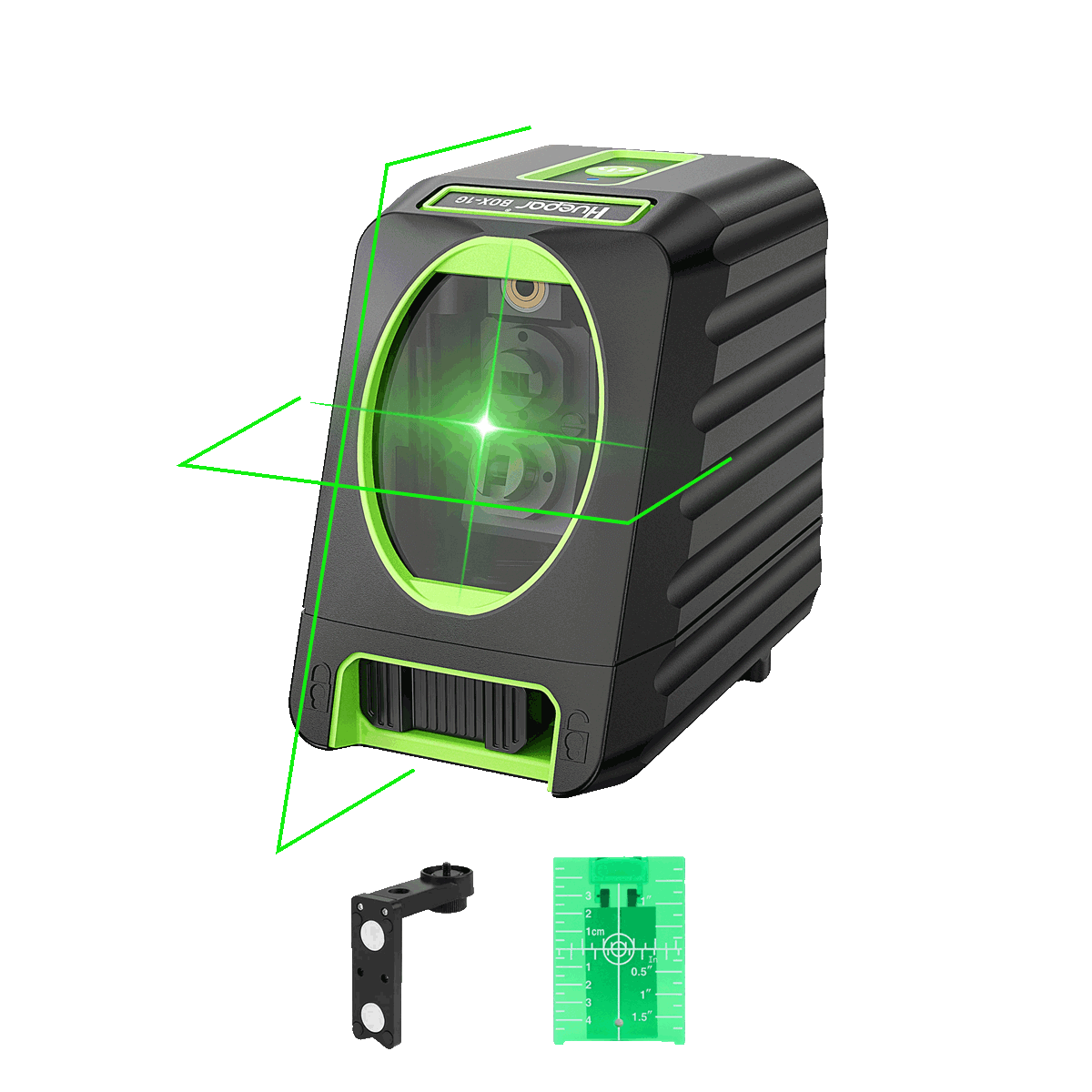
Grade Rods: All About Grade Rods
What are Grade Rods and Their Uses
Grade rods, also known as leveling rods, basic construction engineering and engineering work instruments used for the measurement of precise elevation differences. Grade rods are manufactured from different materials including wood, plastic, and fiberglass with different advantages based upon durability, weight, and visibility.

Graduations of grade rods can also differ with some stating the measurements in feet and inches while others use the metric system or decimal feet. The variety of the measuring units makes them compatible with a wide range of project specifications and industry standards.
Grade rods are used for the determination of elevation differences between a site or along a path. They are used with other survey instruments such as laser levels or total stations for the determination of precise vertical measurements. These measurements are essential for tasks like grading, excavation, drainage planning, and ensuring that structures are built at the correct elevations.
Grade Rod Types and Uses
Grade rods are divided into three major categories - the builder's/architect's rod, the engineer's rod, and the direct elevation rod. There are certain requirements for which each is most appropriate for:
Engineer's Rod
The engineer's rod utilized here has measurements in decimal feet and graduations for feet, tenths of a foot, and hundredths of a foot. Very accurate readings of elevation can be taken to the hundredth level using it. Engineer's rods find widespread application in construction layout and surveying and other fields where accurate measurements are required.
Builder's/Architect's Rod
This builder's or architect's rod features graduations with feet, inches, and fractions and is thus very appropriate for use with commercial and domestic construction sites. The fractional inch graduations are useful for easy communication with the contractor and the laborers who are used to the U.S. customary unit.
Direct Elevation Rod
Direct elevation rods feature the inverted scale where the numbers increase from the base. With this feature, the elevation or height can directly be read from the rod by the user without computation. Direct elevation rods facilitate ease in taking measurements from a point with a fixed datum, such as the floor level or a benchmark.
Grade rod selection depends upon the type of measurement to be made, the degree of precision required, and the desired unit for the job or the intended purpose. The most precise are the engineer's rods and the most appropriate for use within construction are the builder's rods. The direct elevation rods are the direct method for the taking of heights and elevations with reference to a known datum.
How to Properly Use Grade Rods
Proper positioning and extending of the grade rods are crucial in obtaining the correct elevation reading. Ensure the rod is locked and held vertically while extending the rod. The rod may be placed on firm level ground or held level with a rod level. Never place the rod against surfaces since it will produce incorrect results.

With target rods such as plastic targets or prism reflectors, you can significantly enhance the accuracy with which measurements are made. They give the survey instrument a clear-cut precise point to aim for, reducing the potential for error caused by judging the rod's graduation marks.

Grade rods need maintenance and care to make them last longer and function properly. Clean the rod after each use to prevent dirt and debris from causing corrosion or damage. Store rods in a dry place with protection from the sun and heat and do not leave them exposed in the sun or direct heat for extended periods. Check the rod periodically for any wear and tear such as worn or discolored graduations and change the rod accordingly.
Reading Different Types of Grade Rods
Engineer's Rod
The engineer's rule is graduated into decimal feet with feet marks and tenths and hundredths marks. Reading the rule, identify the topmost foot line first. Then note the marks between the top of this foot line and the line immediately above it – these are tenths of a foot (0.1'). The smallest marks are the hundredths (0.01'). Thus, when the rule is reading 5.26, this is 5 feet, 2 tenths, and 6 hundredths.
Builder's/Architect's Rod
This rod uses the common feet, inches, and fractions notation. Number marks indicate feet with shorter marks between the marks for inches and 1/2's and 1/4's and the like. It is easy to read - e.g., a mark 6'3" indicates 6 feet and 3 inches.
Direct Elevation Rod
A Direct elevation rod is marked inversely with the numbers increasing from the base instead of top-to-bottom. The rod person can read the elevation directly because the rod remains vertical and is not deducted from the overall height. The unit space between the numbers is the same as the units used, e.g., feet and inches or meters and centimeters.
Essential Tools for Elevation Measurement
Grade rods are highly useful instruments used for precise measurement of elevation differentials for most construction and survey jobs. The robust grade rods made of plastic, fiberglass, or wood have different types of graduations including feet/inches, metric, and decimal gradations. Their primary function is the delivery of precise elevation measurements by the use of survey instruments like laser levels or transit levels.
Grade rods are essential for establishing the level of elevation and are crucial in the maintenance of good drainage, the establishment of foundations for the construction process, and the construction following plans and specifications. Their versatility provides the ability to employ them for a very wide range of uses ranging from home construction projects through very major projects involving the development of infrastructure.
Ensuring Accuracy
In order to make precise measurements with grade rods, it is necessary to understand how to operate the grade rod. This involves properly extending the rod and setting it into place and the use of rod targets or assemblies with a prism for enhanced precision and visibility. Maintenance and care involving cleaning and preventing the rod from becoming damaged are also crucial to the rod's ongoing precision.
Different grades are used for different measurement needs. Decimal foot graduations are used for making rods used by the engineers, while builders' or architects' rods are graduated with feet and inches and also with fractions. Direct elevation rods give direct elevation measurements without the need for complicated computation.
Applications in Construction and Surveying Projects
Grade rods find wide applicability in various construction and survey operations. Grade rods are used in construction for fixing the correct elevations for foundations, floors, and drainage. Surveyors make use of grade rods for the collection of topographic data, the plotting of ground contours, and the site marking out.
Moreover, grade rods are also crucial equipment used in highway, bridge, and ground construction work within the field of civil engineering. Grade rods enable the taking of measurements and the check of elevations by surveyors and engineers during construction to ensure the measurements fall within design tolerances and minimize costly mistakes.
















